India is a land of diversity and wonders. With its unique vibrancy of cultures, this magical land is home to many and welcomes everyone. Whether it’s the rich history and culture or the architectural masterpieces, India’s wonders are endless. And what better way to showcase the magnificent beauty of this incredible country than with some of the most spectacular flowers that grow here?
From a palette of vibrant colors, ranging from red, green, and purple, to the countless varieties of rich, fragrant blooms they produce, one can always be amazed by the sight of these blossoms blooming in full splendor.
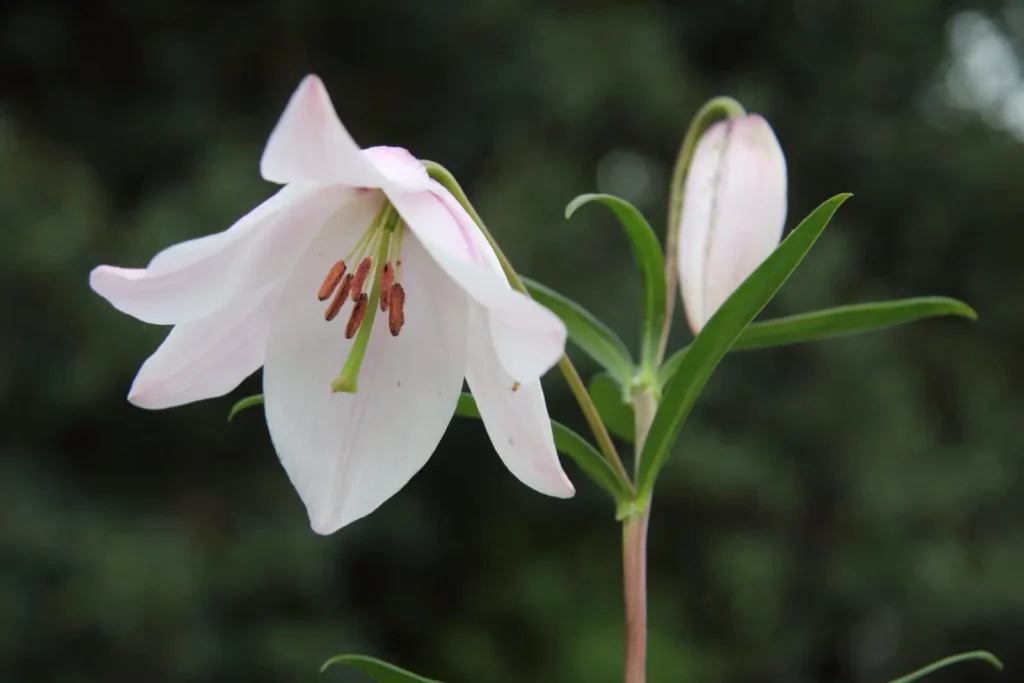
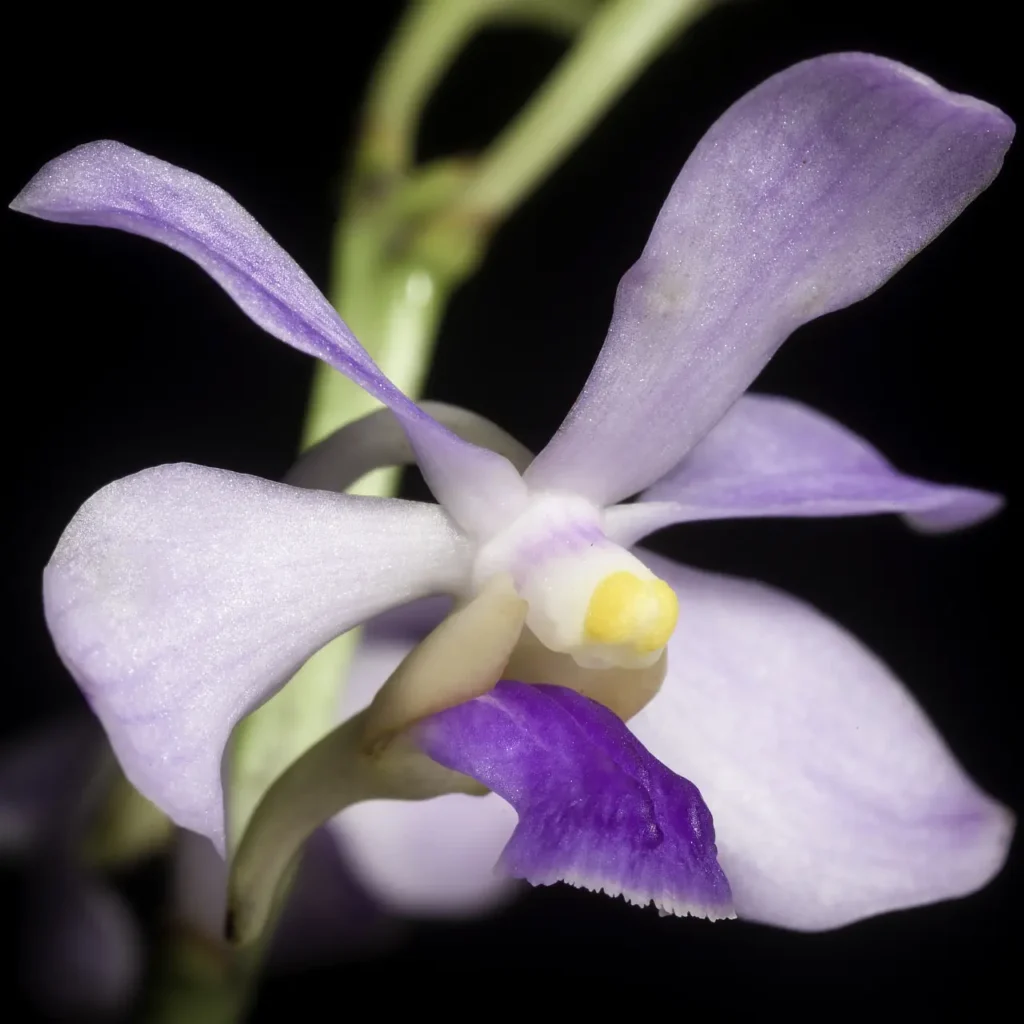
Unusual Flowers of India
Whether it’s the rare and dazzling Woodrow’s Crinum Lily or the breathtaking sight of a field adorned with a collection of blooming Ganges Primroses, each flower is bound to captivate you. Here are some of the most beautiful flower species that grow naturally in India:
- Woodrow’s Crinum Lily (Crinum woodrowii): Known for its radiant and rare beauty, this lily species displays bright and colorful blooms.
- Ganges Primrose (Primula macrophylla): Found in the Himalayan region, this stunning primrose species showcases vibrant flowers in various shades.
- Naga Lily (Lilium mackliniae): Native to the Eastern Himalayas, these lilies exhibit delicate, bell-shaped flowers with a mesmerizing charm.
- Blue Vanda (Vanda coerulescens): This orchid species boasts striking blue-purple blooms, creating a captivating visual spectacle.
- Himalayan Blue Poppy (Meconopsis betonicifolia): Renowned for its intense blue petals, this poppy species is a cherished sight in the high-altitude regions of the Himalayas.
- Neelakurinji (Strobilanthes kunthiana): A unique flowering plant that blooms once every 12 years, covering the Nilgiri hills in southern India with a mesmerizing purple-blue carpet.
- Long Flowered Spider Lily: is a rare herb, mostly found growing wild. Old books (Amaryllidaceae by William Herbert) mention that the only collected specimen was lost at Calcutta, and the bulbs were never brought to Europe for growing. The specimen in the picture was collected from the wild by Ravinder Singh and planted as a house-plant in a pot.
- Striped Dewflower: a lovely purple flower with white stripes, measuring about 10-12 mm. This flower was last collected by botanist Barnes from Tambaram district and by Bourne from Tada, in 1899, and was believed to be extinct from India. Divya Umesh found this flower near Red Hills in Chennai, in 2010, after a gap of more than a century!
- Magenta Ghost Flower: is a rare endemic parasitic plant, which was rediscovered in 2003, after 90 years in the Indira Gandhi Wildlife Sanctuary at the Anamalais, near Pollachi. Prashant Awale stumbled upon this rare plant in Devikulum, Kerala, in 2006. The herb lacks chlorophyll and is parasitic on grasses. It is endemic to southern India, where it occurs only at an altitude of 900-1200 metres and was first discovered by Robert Wight in 1835.
- Leafy Coneflower: is a rare plant found in NE India. JRI Wood, the botanist who is credited with describing and naming this species, believes that this picture by Prashant Awale is the first ever picture taken of the actually growing plant. Leafy Coneflower is relatively widespread but scattered, being known from isolated localities in Bhutan, the Naga Hills of NE India and the Chin Hills of Burma. This species Strobilanthes frondosa was first named only as recently as 1994.
- Spotted Coneflower: is a rare plant found in Mizoram, Nagaland and Meghalaya. Authoritative sources believe that this picture, taken by Prashant Awale from Mizoram, is the first ever picture of the actually growing plant. Previously this plant was probably called Ruellia maculata, which originated from the Khasi Hills and was cultivated in the Calcutta Botanic Garden, where it flowered in 1816. Apparently no specimen of the species was preserved. It is a gregarious species, growing and flowering “socially” on the southern slopes of the Khasi Hills (Meghalaya), the Lushai Hills (Mizoram) and the Naga Hills (Nagaland).
- Mountain Balsam: is a beautiful wildflower that is believed to be native to China, Thailand and Vietnam, and has never been reported from India. However, Thingnam Sophia found it growing wild near a newly-discovered waterfall in Leimaraam, Manipur. Mountain Balsam is found along riversides, along canals in valleys and moist places, at altitudes of 900-1800 m.
- Rebe: is a rare endangered medicinal plant, which was believed to be extinct, has been rediscovered after 115 years by a team of botanists in Arunachal Pradesh’s Upper Subansiri district. Rebe, last seen in 1890, was found growing in the wild in Upper Subansiri and Namdapha National Park in Arunachal Pradesh by Kumar Ambrish and M Amadudin, scientists of the Botanical Survey India (BSI). Known to local Adi and Tagin tribes as “Buckuchurbu” and “Rebe” respectively, the plant is used by them to treat stomach aches and dehydration.
- Siroi Lily: is surely the most beautiful of all lilies. Frank Kingdon-Ward came to Manipur with his wife (the daughter of a Bombay, high court judge) for botanical research, in 1946. He discovered this lily on top of the Siroi Hill in Ukhrul district of Manipur. It turned out that this is the only place in the world where it is found wild. The plant doesn’t take transplantation well, and is threatened with extinction. Thingnam Girija photographed it on the Siroy Hill in 2007.
- Law’s Ceropegia: is a woody herb, named in honor of John Sutherland Law (1810–1885), Indian Civil Servant and amateur botanist. This species was first described scientifically in 1883 and not found again for a long time, until it was rediscovered in 1970 at Harishchandragad hill. This species is threatened with extinction. Navendu Pāgé found this plant in Kolhapur district of Maharshtra.
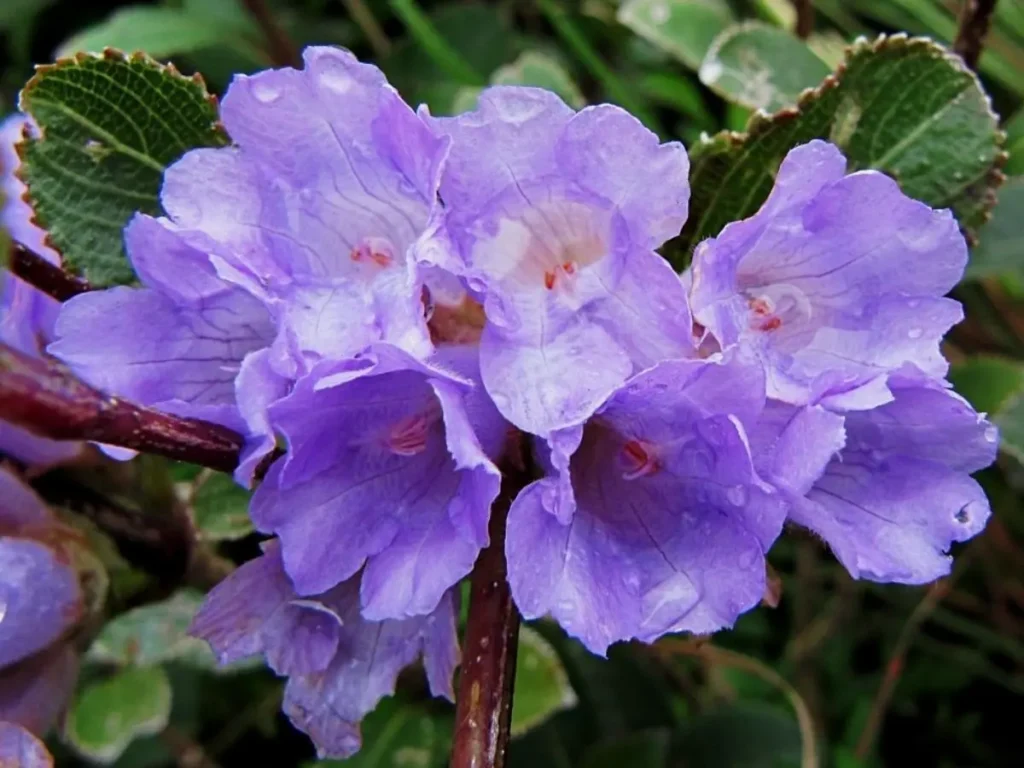
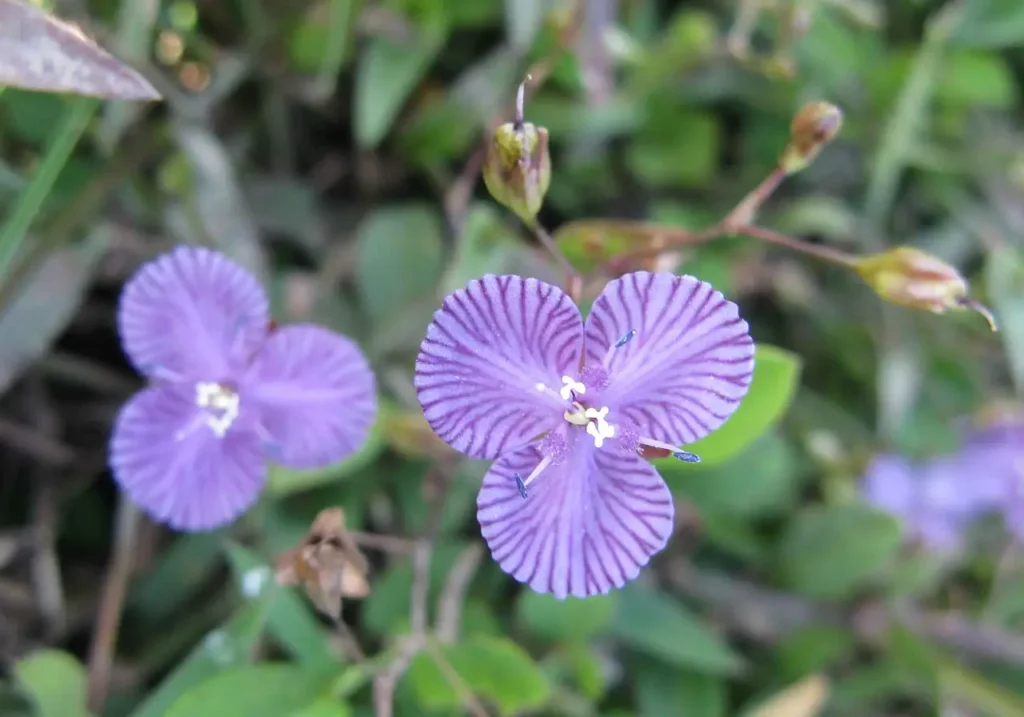
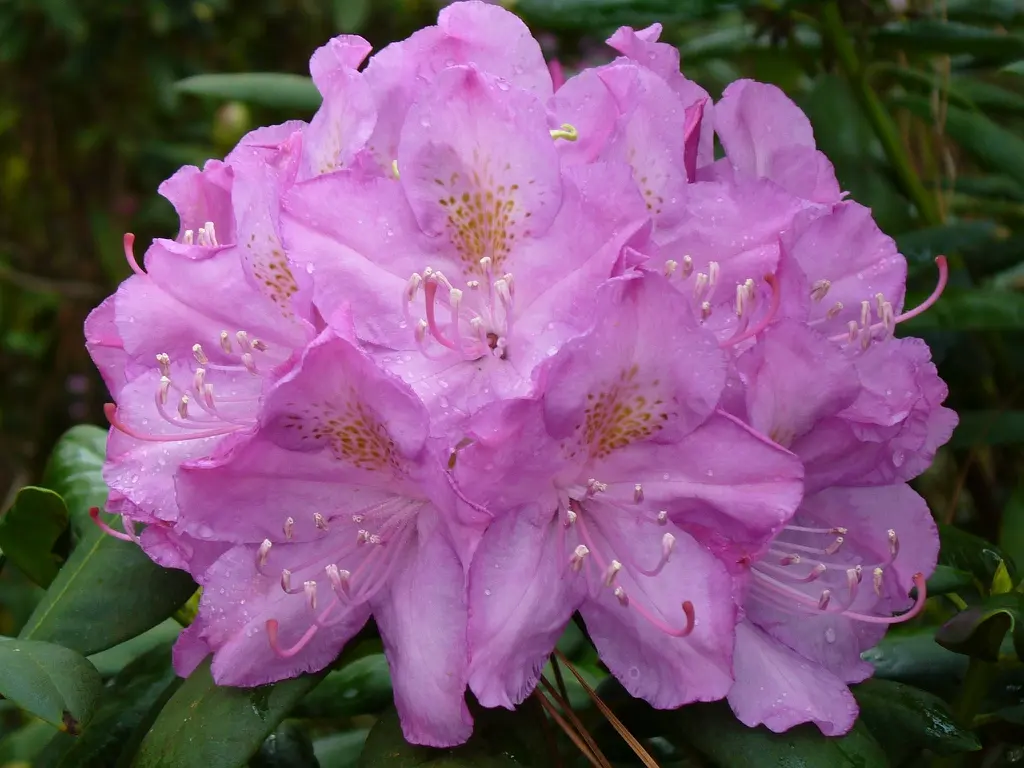
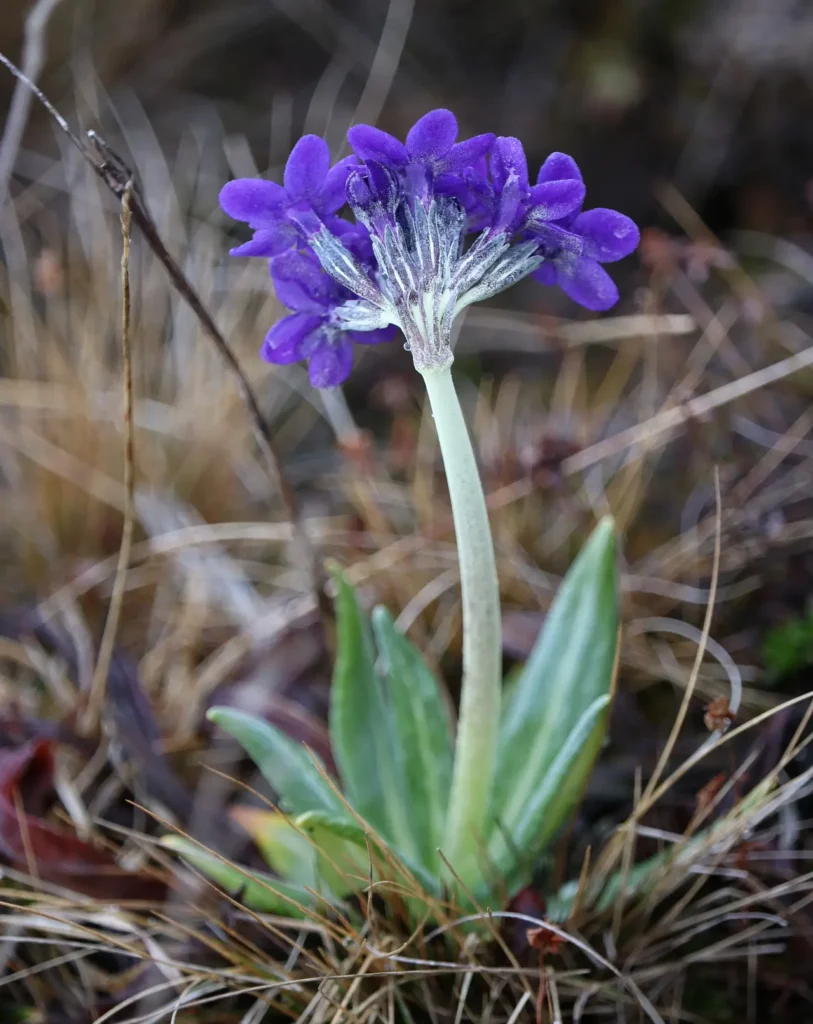
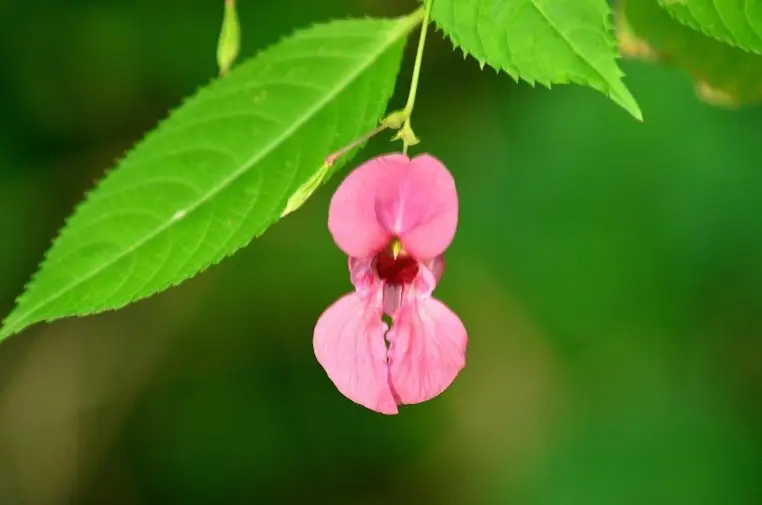
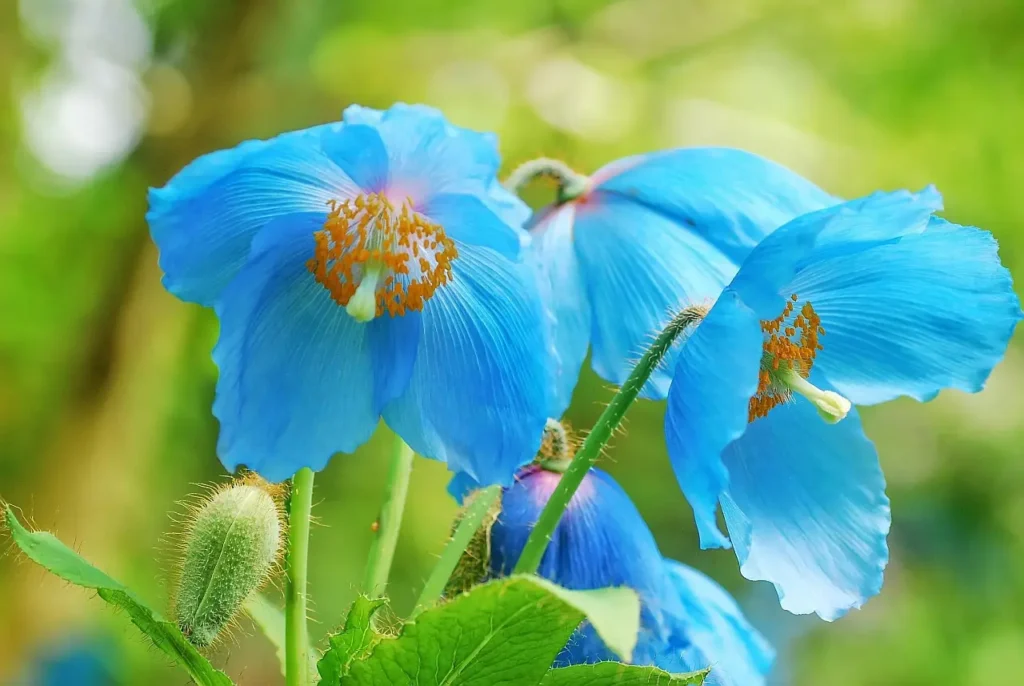
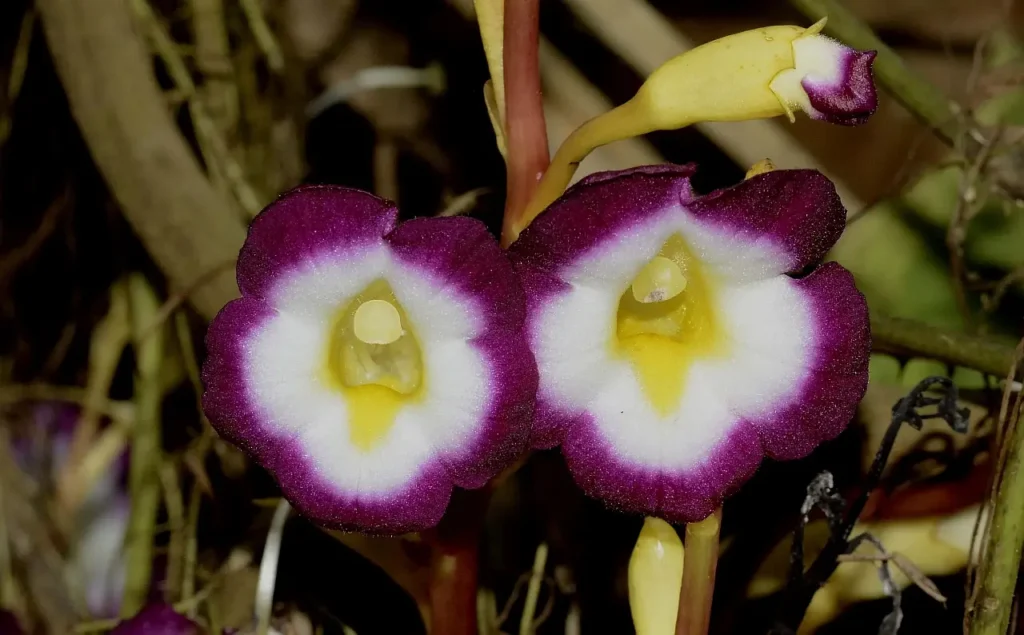
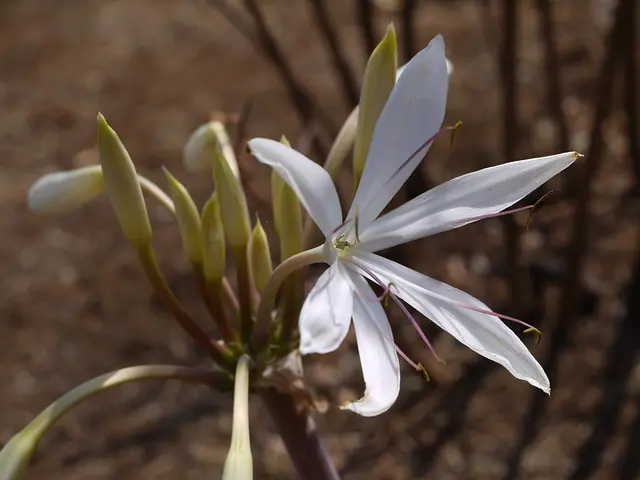
These extraordinary flowers reflect the incredible diversity and natural beauty that India possesses. Currently, some of these flower species have been introduced to other countries around the world. However, due to differences in climate and soil conditions, their vibrant beauty may not be as stunning as in their original native habitats. The adaptability of these flowers varies, and their colors and overall appearance may be affected by the new environment they are grown in. Please follow us to stay updated on more knowledge about beautiful flower species.